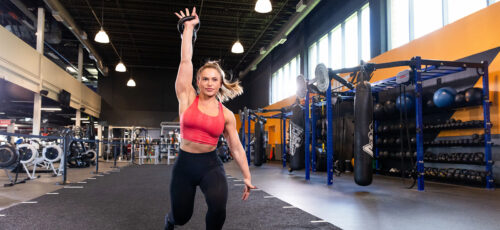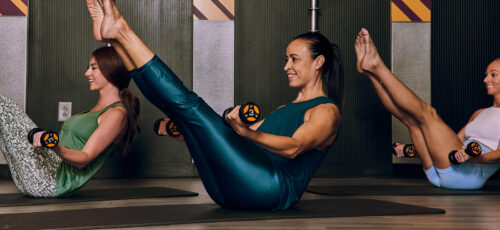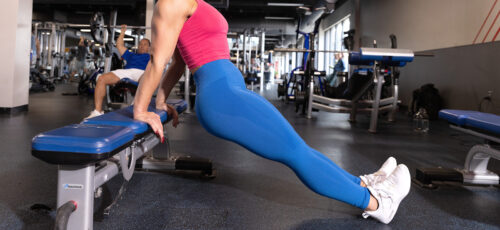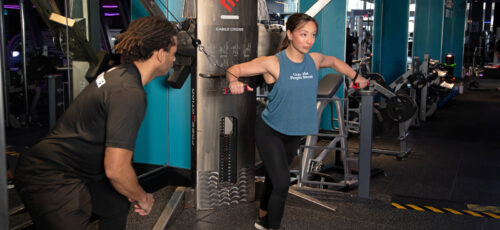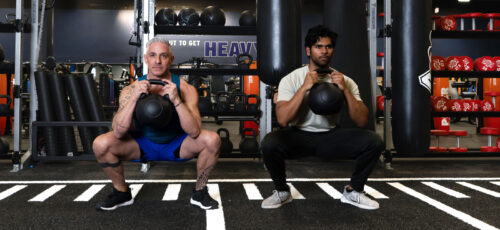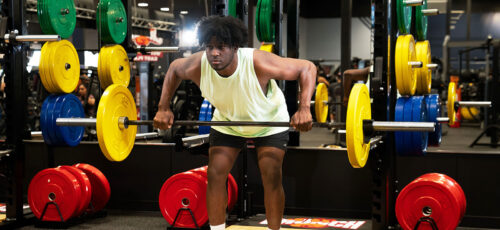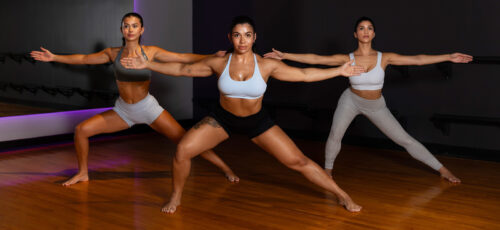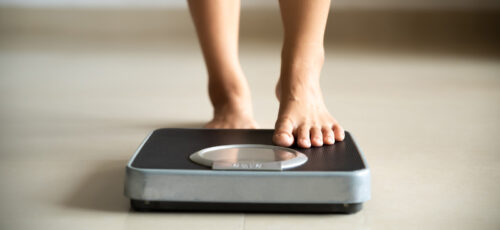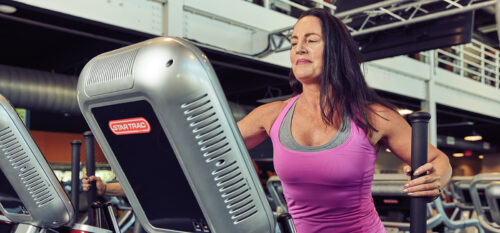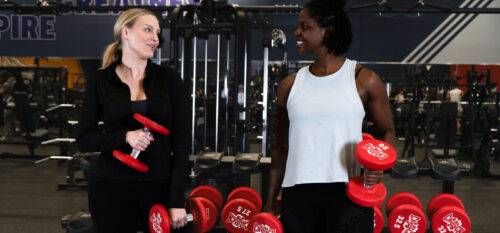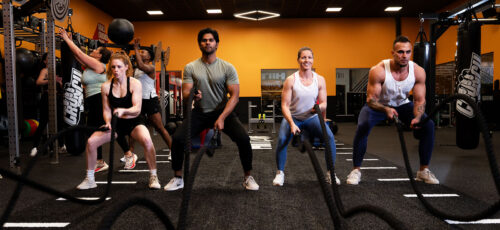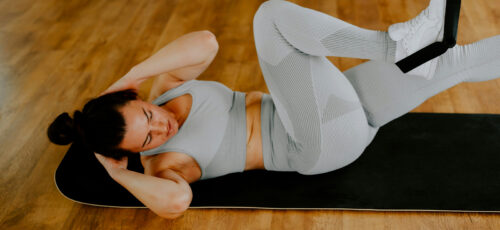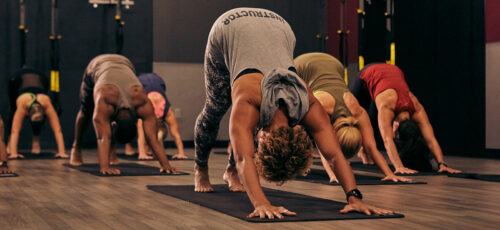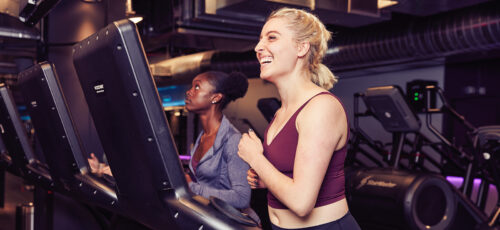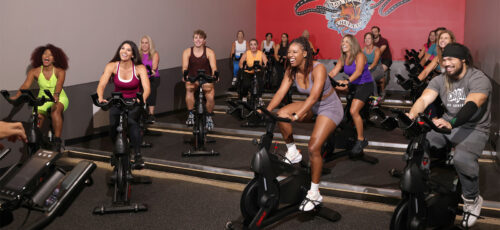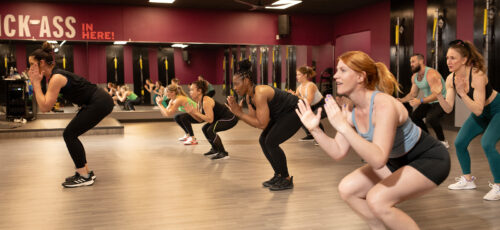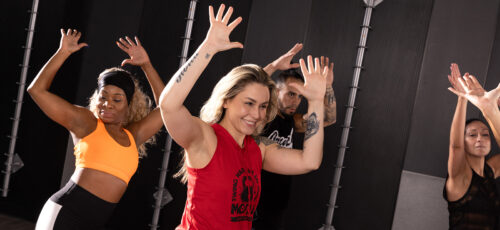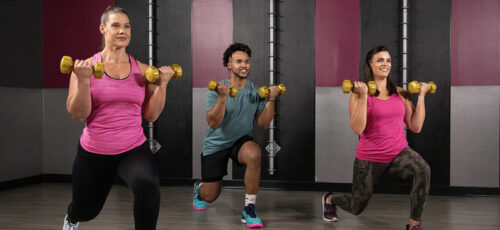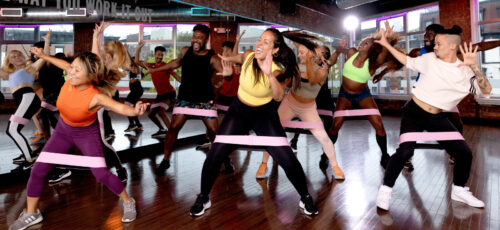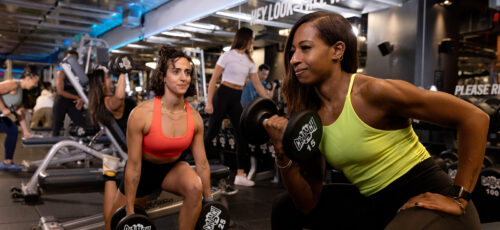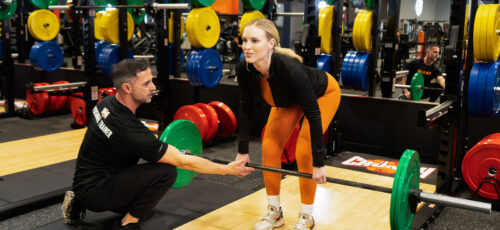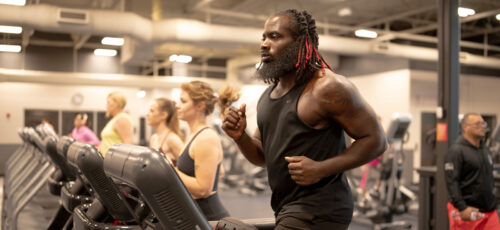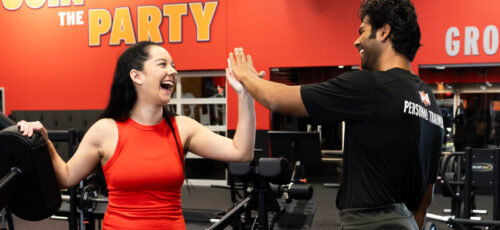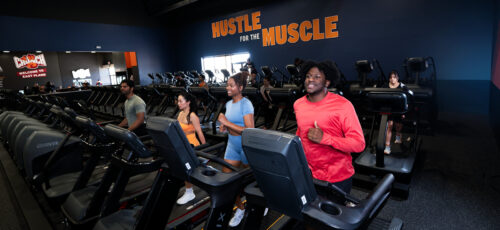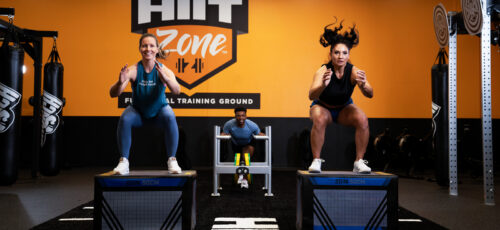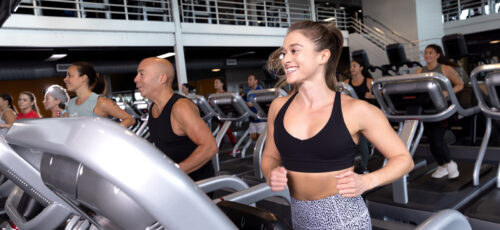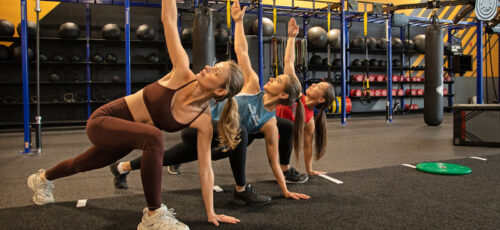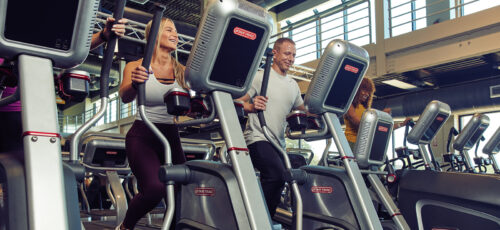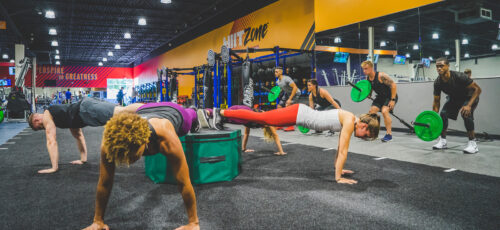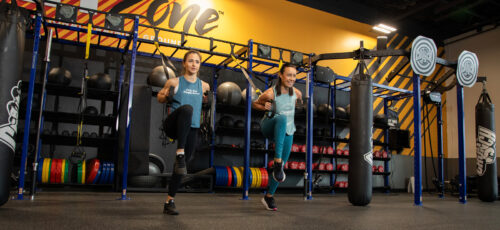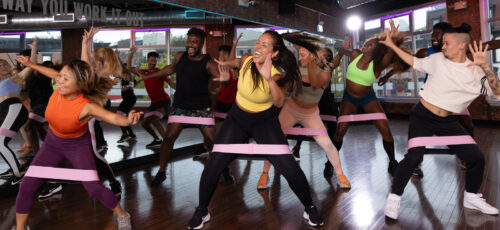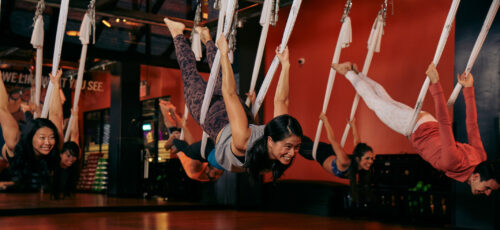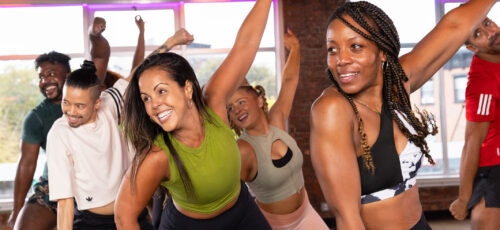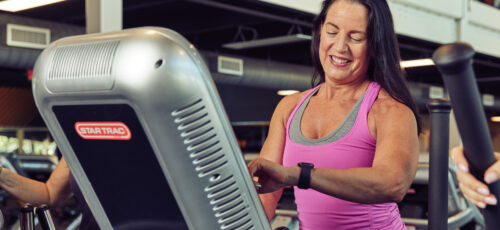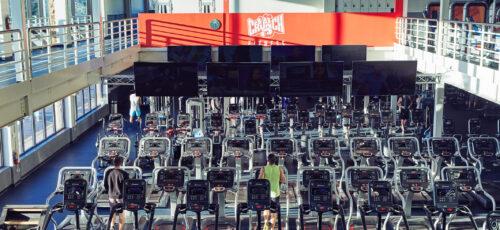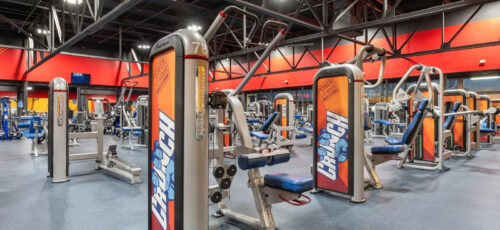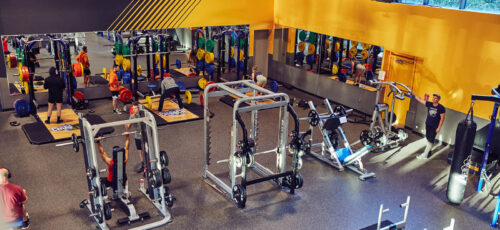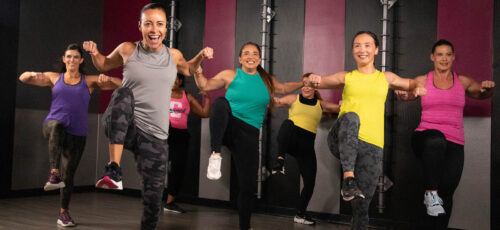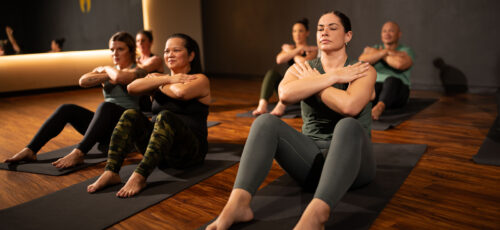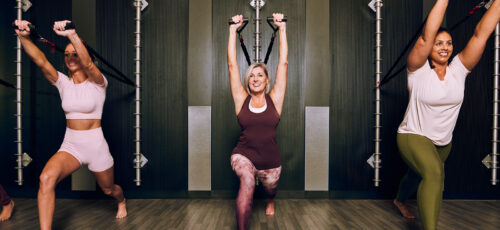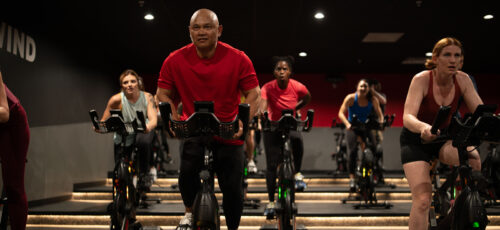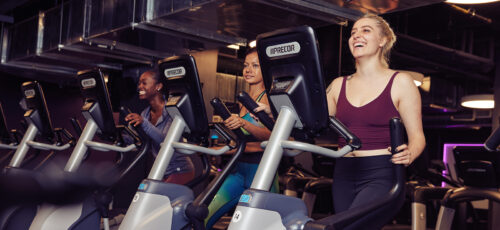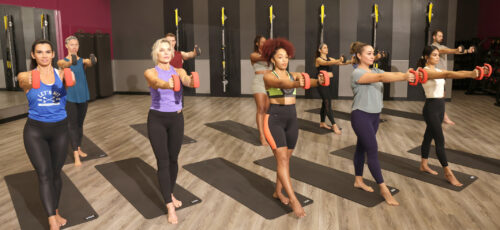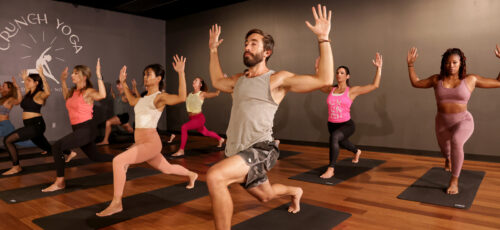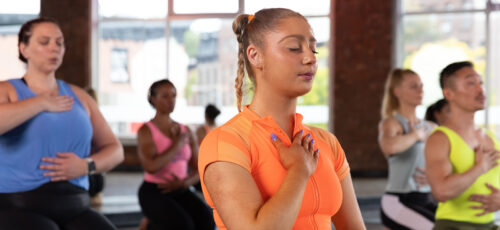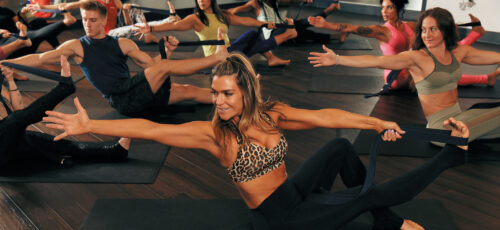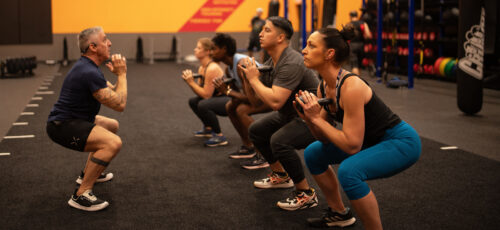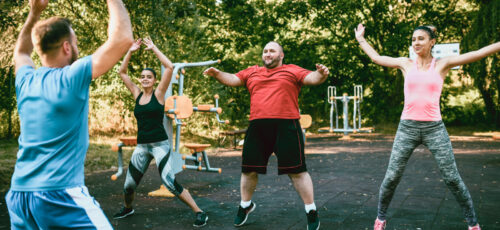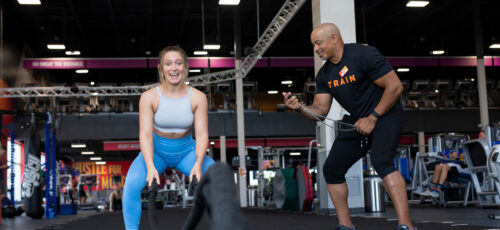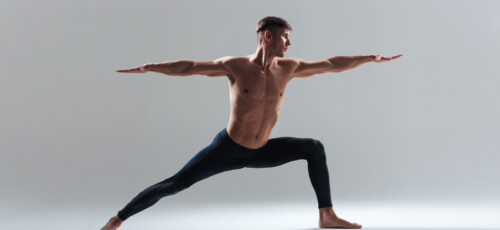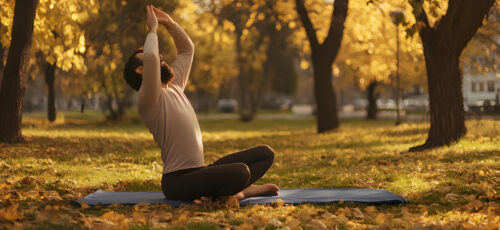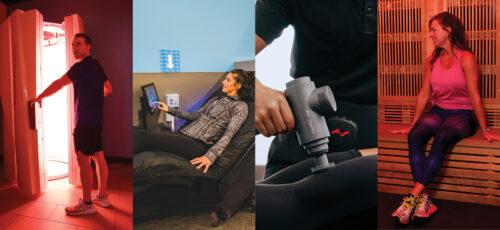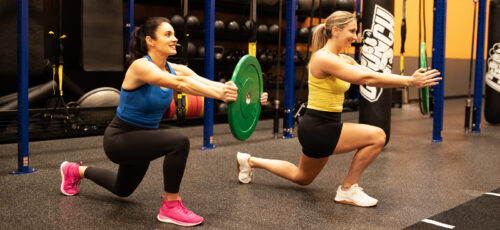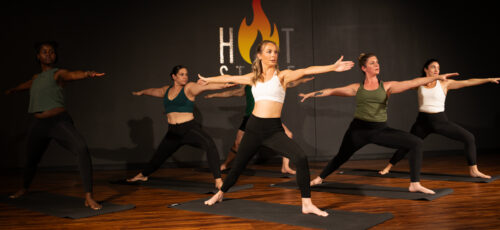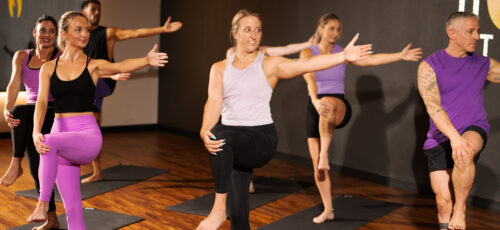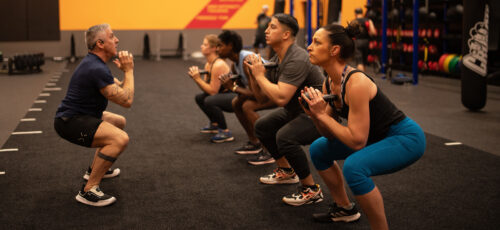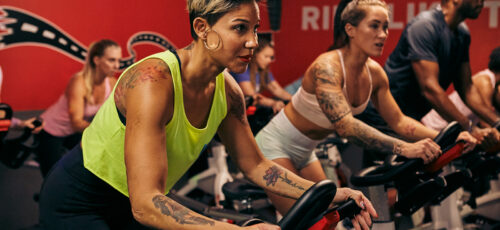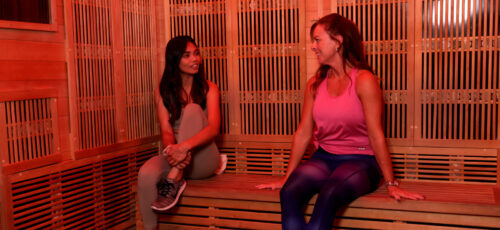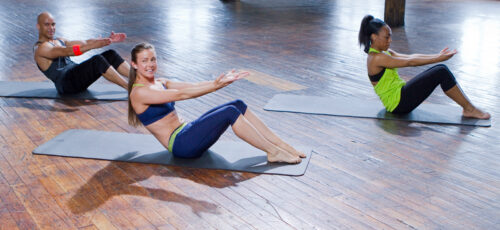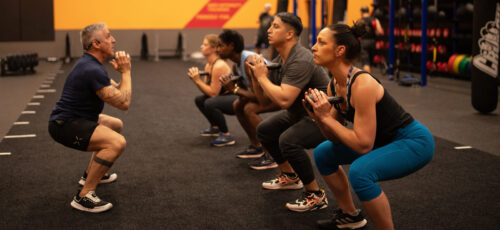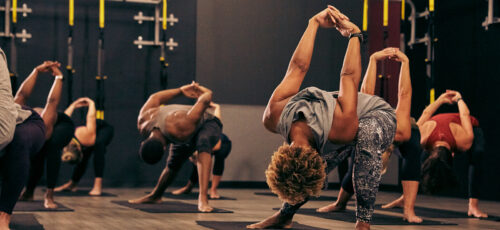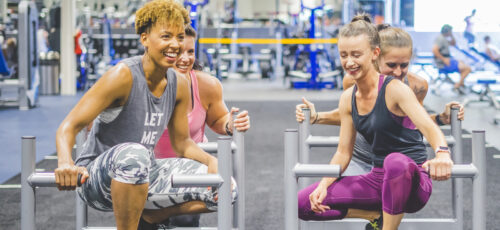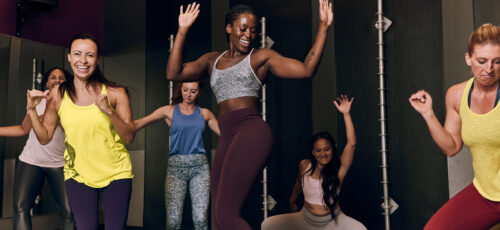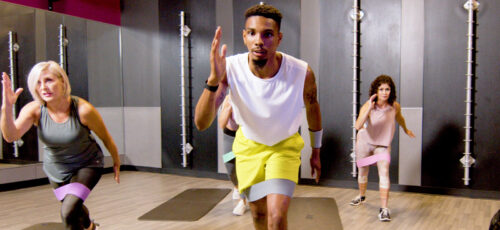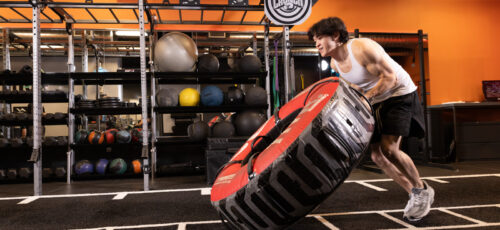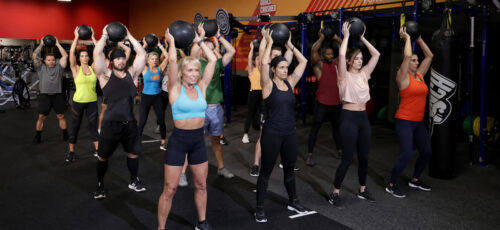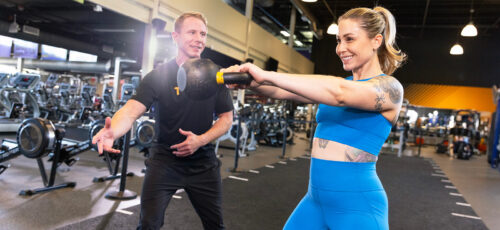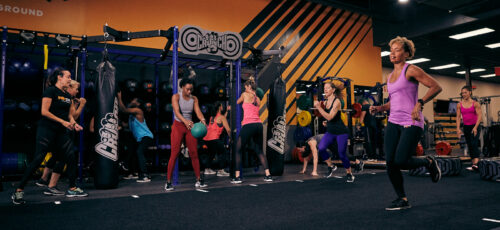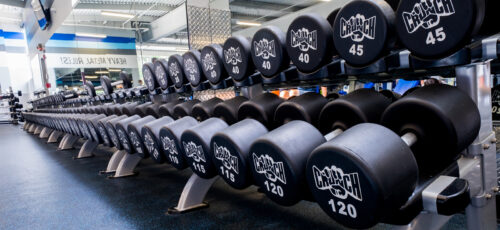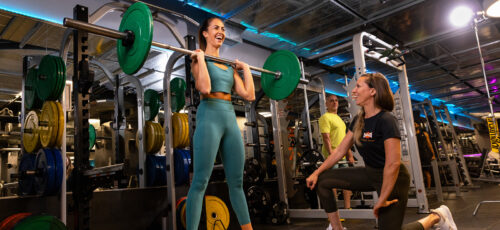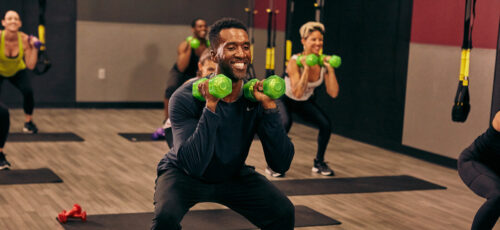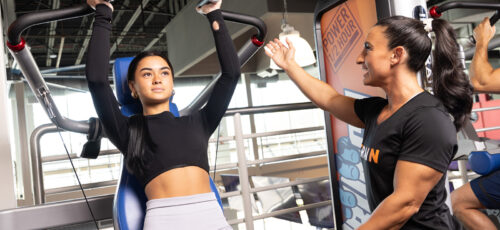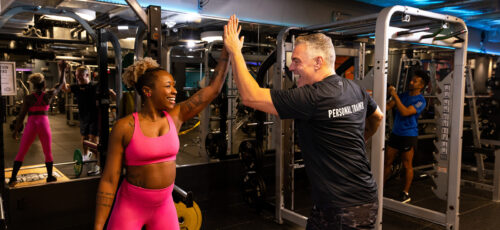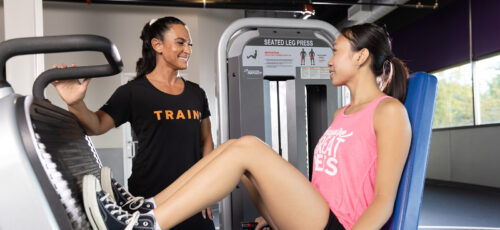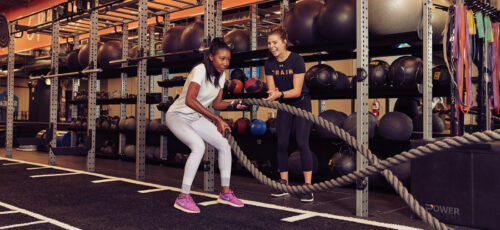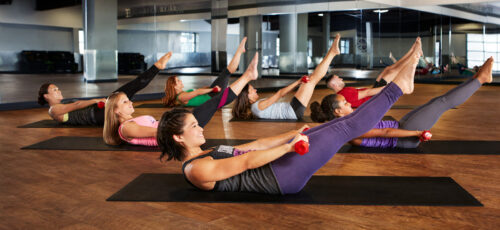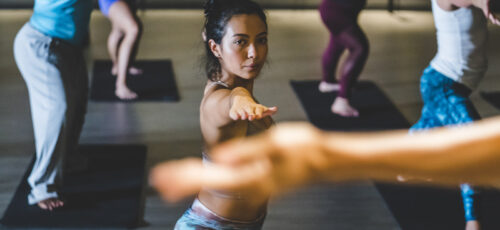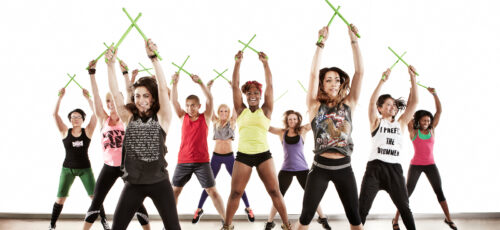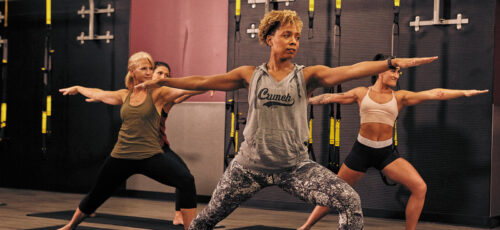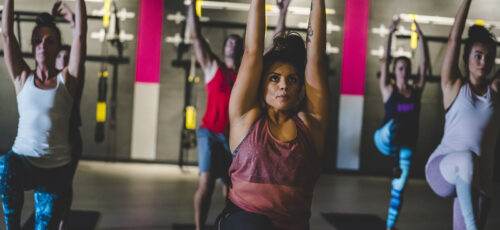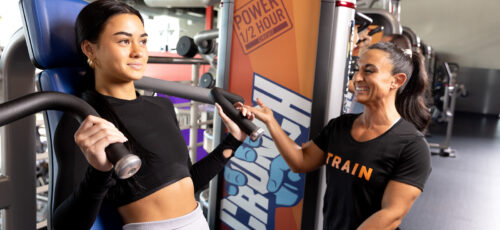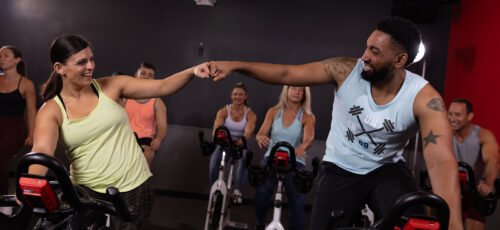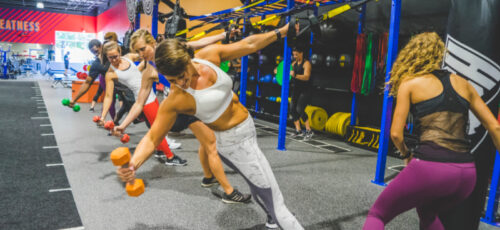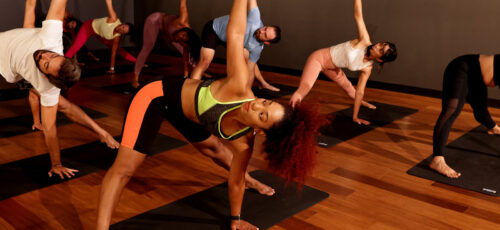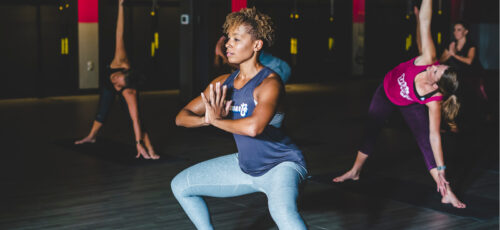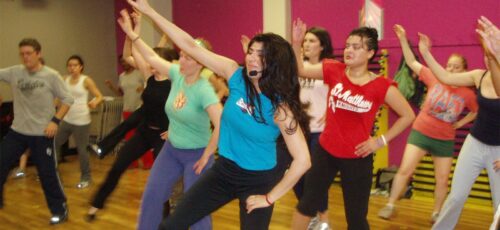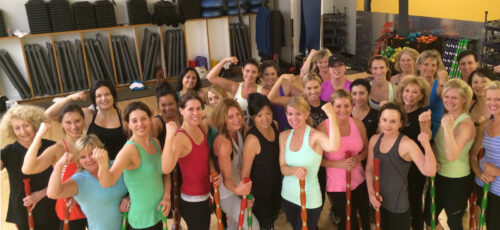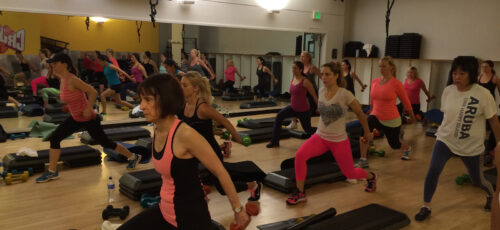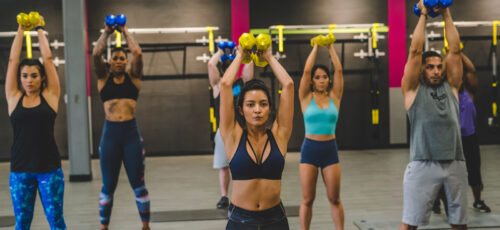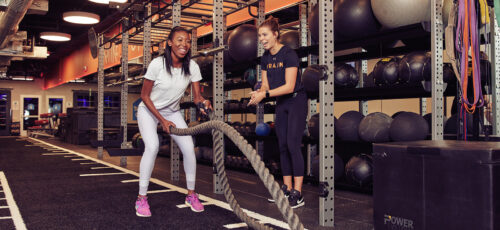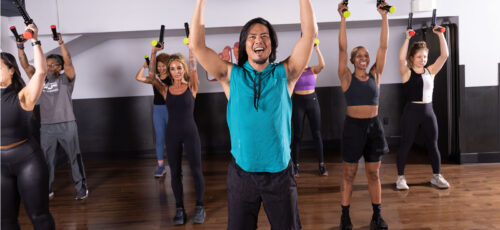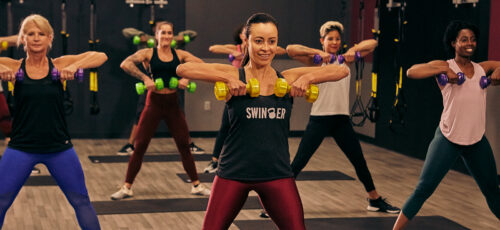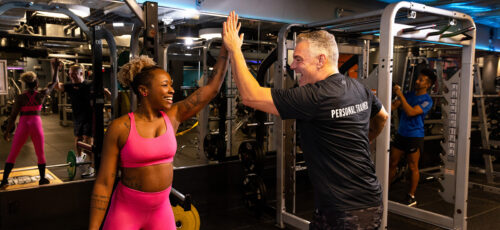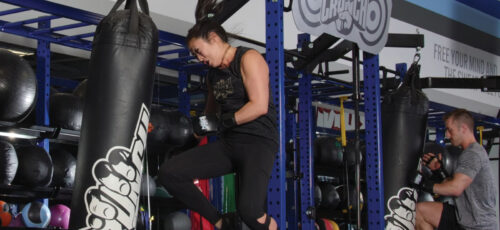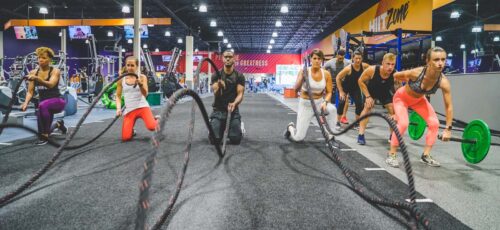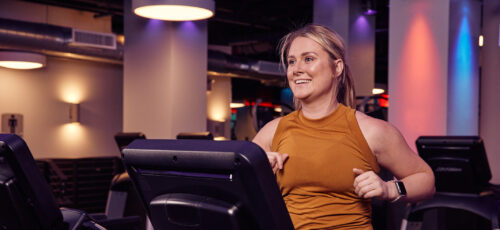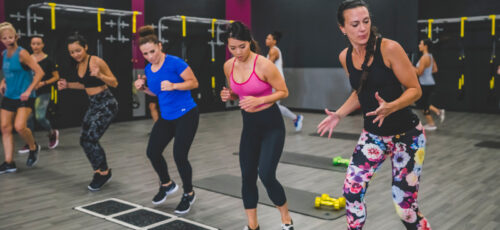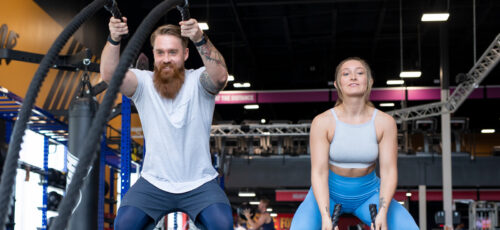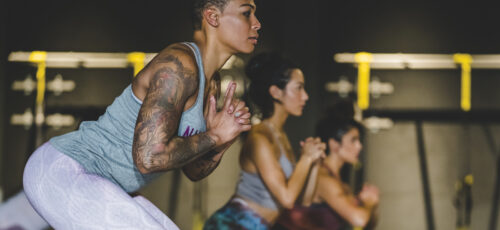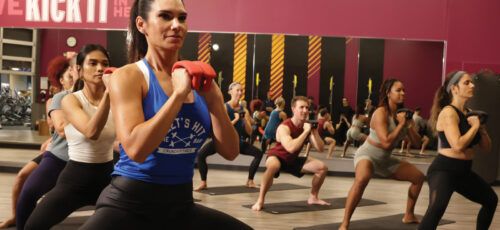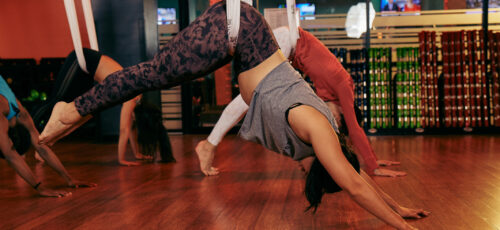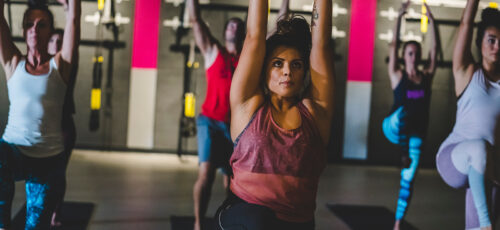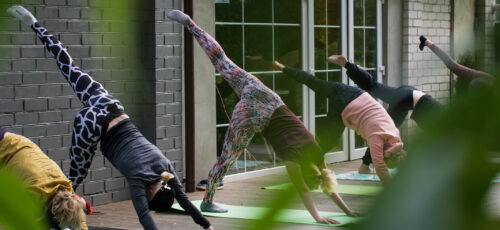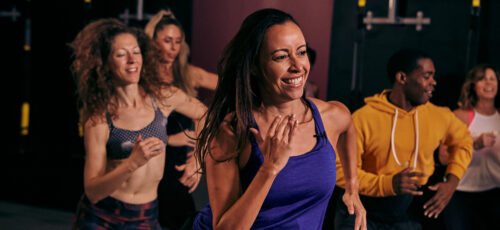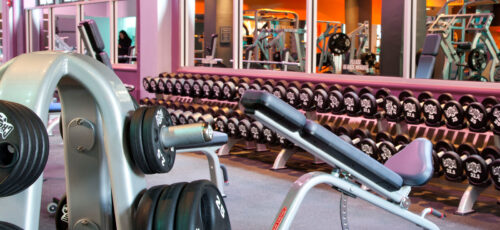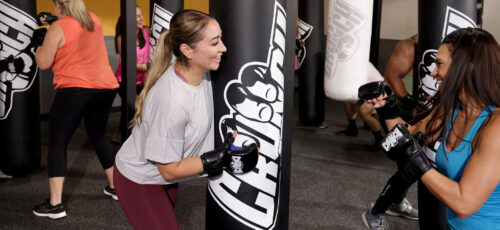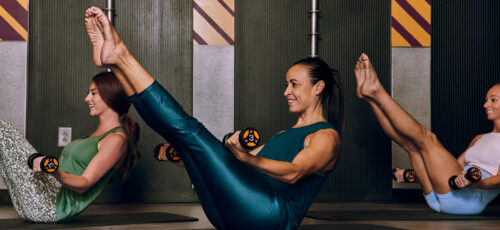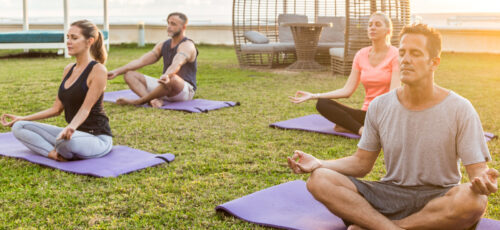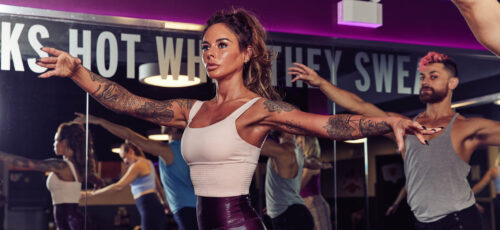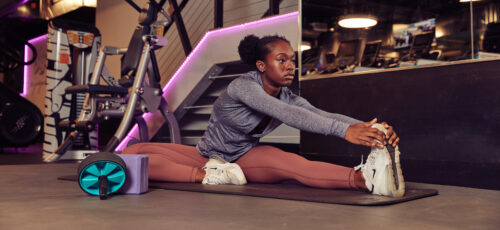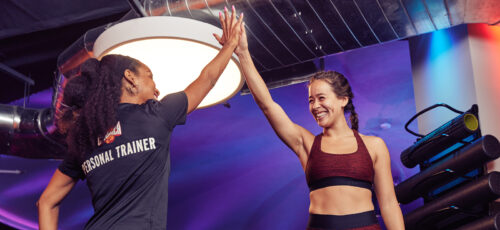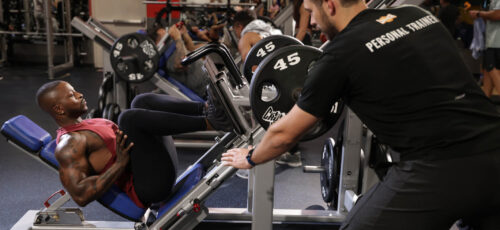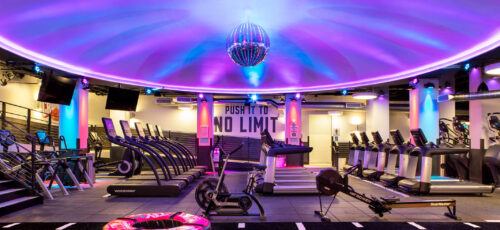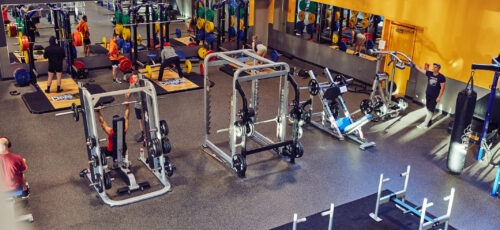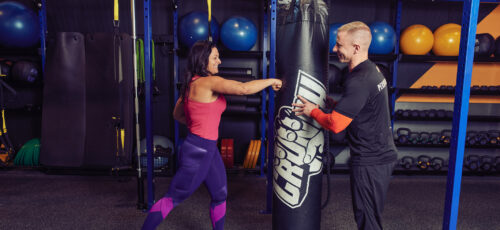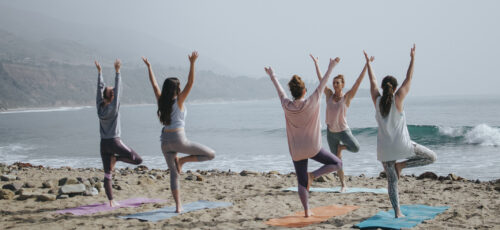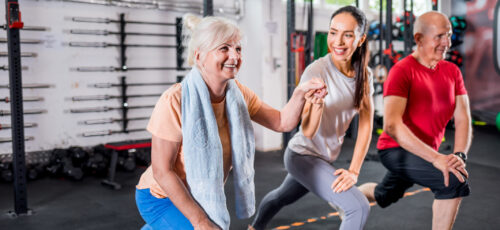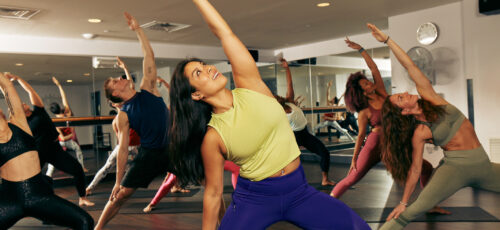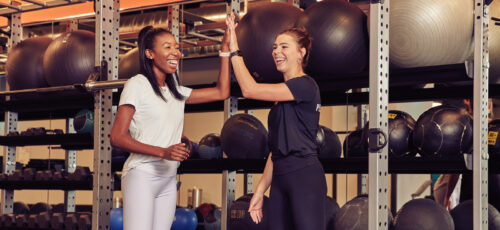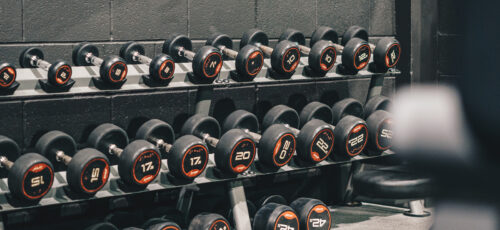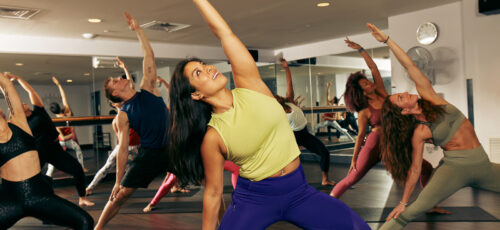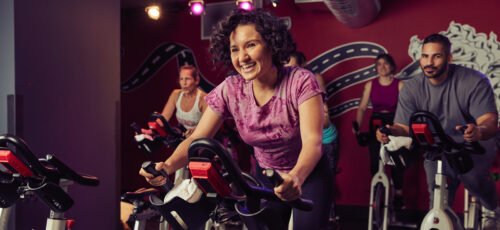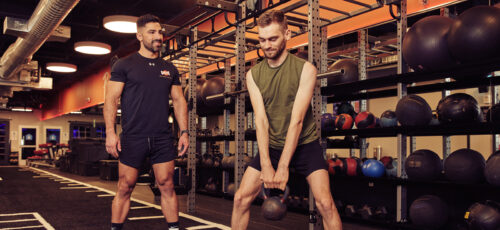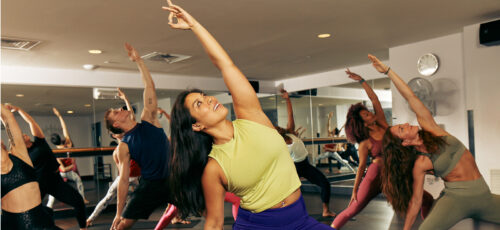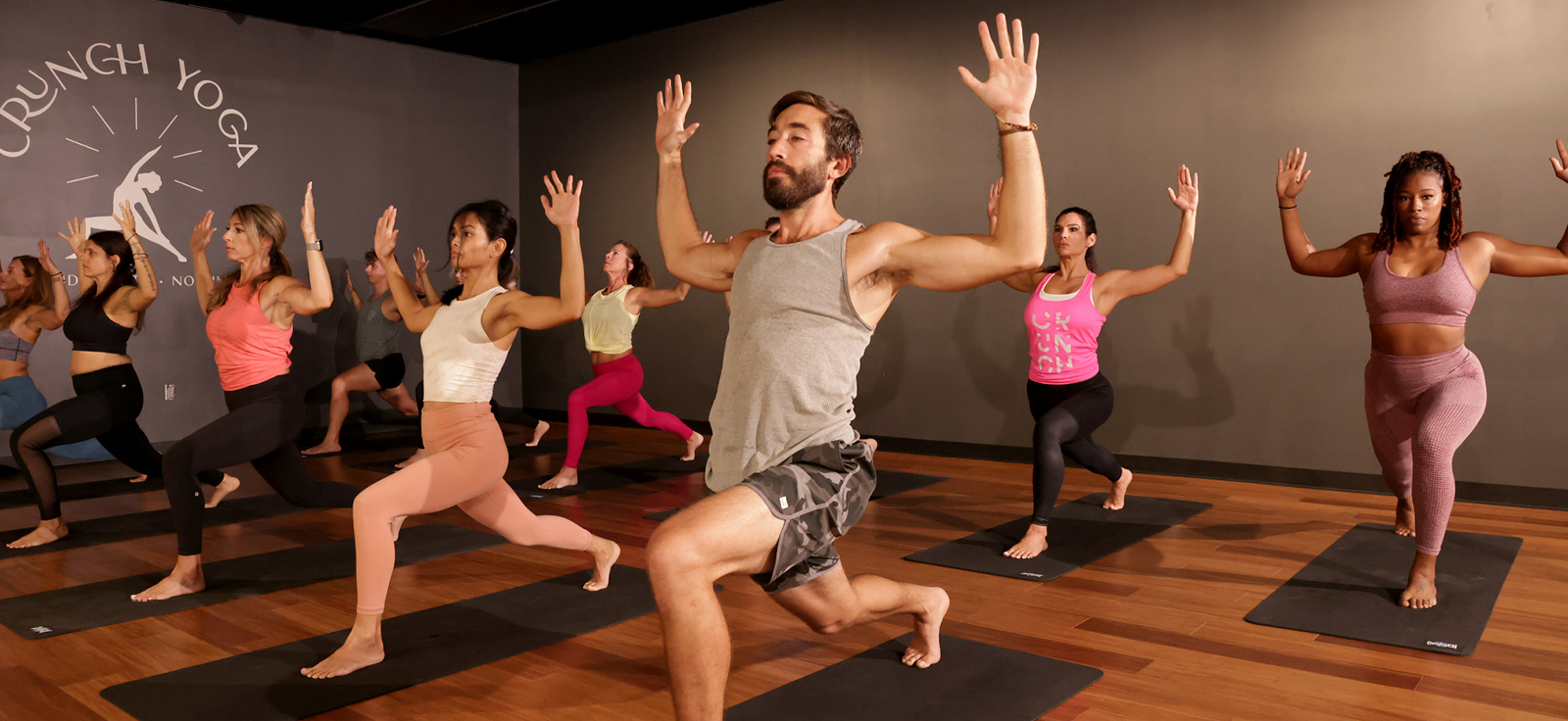
Did you know that yoga is super popular in the United States? Around 34.4 million Americans, about 10% of the population, love to practice yoga.
Over the past decade, the popularity of yoga in the United States has increased significantly by 63.8%. This growth emphasizes the general attraction of yoga for improving physical and mental health and makes you part of a more significant movement and community.
Yet, within the vast landscape of yoga, two practices stand out: Hot Yoga and Regular Yoga. Despite their distinct experiences, they share the same foundational poses. This common ground connects practitioners and fosters community within the diverse yoga world.
In this article, we will uncover the intriguing history of yoga, examine the benefits of both hot and regular yoga, and provide helpful insights to assist you in deciding which practice is best for you.
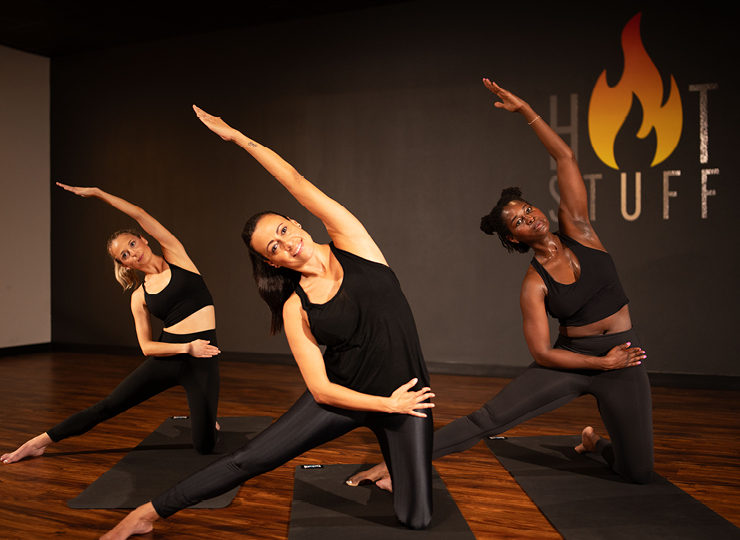
What is Hot Yoga Practice?
You must practice hot yoga in a heated room, typically between 90°F and 105°F. This environment emulates the climate of India, where yoga originated. The heat aims to increase heart rate, warm muscles for deeper stretching, and induce sweating for detoxification.
Over the years, Hot Yoga has gained immense popularity, especially in the Western world, with multiple variations emerging beyond the original Bikram sequence.
Other variations include:
- Hot Yoga: Fierce
- Hot Yoga: Flow
- Hot Yoga: Foundation
- OmHIIT Yoga
- Iron Mat
- Unbreakable Yoga
- Hot Yin Yoga
Pros: Hot Yoga Class
Enhanced Flexibility
The heated environment helps muscles to warm up quickly, allowing for deeper stretches and increased flexibility.
Detoxification
Sweating profusely during the session promotes the elimination of toxins from the body.
Calorie Burn
A high temperature can increase heart rate and metabolism, leading to more calories burned than regular yoga practice.
Cardiovascular Benefits
The intensity of the practice can improve cardiovascular fitness and endurance.
Cons: Hot Yoga Class
Dehydration Risk
Excessive sweating can lead to dehydration if not properly managed with adequate water intake.
Overheating
Some people may experience dizziness, nausea, or overheating, mainly if they are not accustomed to the heat.

Health Limitations
Hot yoga may not be suitable for individuals with certain health conditions, such as heart issues or heat sensitivity.
Adaptation Period
Beginners may find the intense heat challenging and need time to acclimate to the conditions.
Dealing with the heat can be tricky for yoga practitioners, especially for beginners, but it also presents an exceptional opportunity to push your physical limits and deepen your practice.
If you want to intensify your yoga practice, taking hot yoga classes is an excellent opportunity to benefit from heat-enhanced stretching. Just remember to stay hydrated and be mindful of your body’s signals.
What is Regular Yoga Practice?
Regular yoga, often referred to as traditional yoga, encompasses a variety of styles, each with its unique focus. Hatha Yoga is one of the most common forms, emphasizing basic poses and breathing exercises, making it accessible for beginners.
Vinyasa Yoga focuses on fluid movement and breath synchronization. Iyengar Yoga emphasizes precision and alignment, often using props.
Restorative yoga promotes relaxation and stress relief through gentle poses held for extended periods.
Some other examples include Karma Yoga, Kundalini Yoga, Bhakti Yoga, Tantra Yoga, Yin Yoga, Power Yoga, Yoga Nidra, and Prenatal Yoga.
Each style offers different benefits and can adapt to personal needs.

Pros: Regular Yoga Practice
- Accessibility: Suitable for all fitness levels, from beginners to advanced practitioners.
- Flexibility and Strength: Enhances muscle flexibility and builds strength gradually.
- Mental Clarity: Promotes mindfulness and reduces stress through meditation and breath control.
- Injury Prevention: Lower risk of injury due to its moderate pace and focus on alignment.
Cons: Regular Yoga Practice
- Progress Takes Time: Achieving significant flexibility or strength improvements can be slow, requiring consistent practice over months or even years.
- Less Caloric Burn: Generally burns fewer calories than high-intensity exercises like Hot Yoga or cardio workouts.
One of the most significant advantages of regular yoga is its accessibility and adaptability. It is suitable for a wide range of fitness levels, from absolute beginners to seasoned practitioners.
Beginners can start with gentle classes like Hatha or Restorative Yoga, which focus on basic poses and relaxation. As proficiency grows, they can explore more dynamic styles like Vinyasa or Ashtanga Yoga, which offer more significant physical challenges.
Additionally, yoga teachers often provide modifications and use props to accommodate different abilities and physical limitations, ensuring that everyone can participate and benefit from the practice.
Which Yoga Practice Suits You Best?
If you’re trying to decide between hot and regular yoga, think about what you hope to achieve. Hot yoga might be the way to go to boost flexibility, sweat out toxins, and burn more calories. Some people find the extra heat makes the workout more intense and exhilarating.
On the other hand, regular yoga is practiced at room temperature and can vary widely in style and intensity. It includes various forms like Hatha, Vinyasa, and Iyengar, offering a range of physical and mental benefits without the added intensity of heat.
Health considerations
Your health is paramount when choosing a yoga style. Hot yoga, with its high temperatures, can be challenging for those with heat sensitivity, heart issues, or dehydration risks.
It’s crucial to stay hydrated and listen to your body.
Regular yoga is generally safer for most people, offering a gentler approach that’s easier to modify for different fitness levels and health conditions. Always consult with a healthcare provider if you have specific health concerns, and remember that yoga should enhance your well-being, not push you beyond your limits.
Starting Your Yoga Journey: Hot vs. Regular
Now that we’ve distinguished between hot yoga, a form of yoga practiced in a heated environment, and regular yoga, the traditional practice typically conducted at room temperature, you can choose which style best aligns with your fitness goals and personal preferences.
Let’s explore what to expect in your first yoga class and share some helpful tips, especially if you’re new to yoga:
What to Expect in Your First Class:
Hot Yoga: When you step into a hot yoga class, be prepared for a heated environment, typically between 90°F and 105°F with high humidity. The room may initially feel intense, and you’ll likely start sweating almost immediately.
Classes usually follow a set sequence of poses to promote flexibility and detoxification through sweating. Yoga teachers will guide you through the poses, often emphasizing deep stretching and maintaining balance despite the heat.
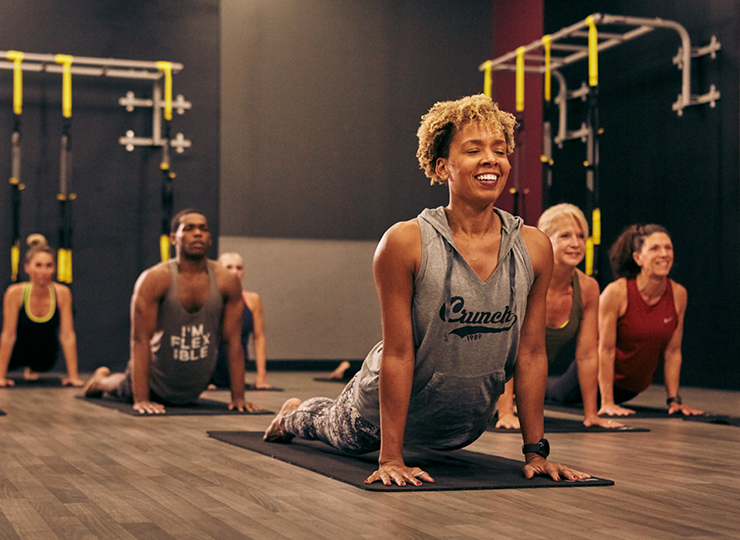
Regular Yoga: A regular yoga class offers a more temperate, comfortable environment for all fitness levels. Expect a variety of poses (asanas) that focus on flexibility, strength, and balance.
Yoga teachers will guide you through different sequences, which can vary depending on the style of yoga (e.g., Hatha, Vinyasa, Iyengar). There will be a focus on breath control (pranayama) and mindfulness, helping you to connect your movements with your breath.
Safety Tips for Beginners:
Hot Yoga:
- Hydrate: Drink water before and after class to stay hydrated.
- Light Clothing: Wear lightweight, moisture-wicking clothes to help manage the heat.
- Arrive Early: Give yourself time to acclimate to the heat and set up your mat.
- Use Props: Feel free to incorporate blocks, straps, or blankets to assist with your poses.
- Listen to Your Body: Take breaks if you feel dizzy or overheated, and don’t push yourself too hard.
- Bring a Towel: You’ll sweat a lot, so a towel for your mat and a small one for wiping your face can be very helpful.
Regular Yoga:
- Comfortable Clothing: Wear stretchy clothes that allow you to move freely.
- Arrive Early: Get to class a few minutes early to set up and get comfortable.
- Use Props: Don’t hesitate to use blocks, straps, or blankets to help with your poses.
- Pace Yourself: Focus on your practice and progress at your own pace; there’s no need to compare yourself to others.
- Stay Mindful: Pay attention to your breath and how your body feels in each pose, adjusting as needed.
Give both a try and see which one you enjoy more.
Join Us!
For additional information on Yoga or to locate classes near you, search here. Crunch’s Group Fitness Classes promote a culture of positivity, inclusivity, and fun with no judgments by providing an environment for all individuals regardless of their health and fitness goals. Find a Crunch gym near you to try our free trial membership, or join Crunch now. We’re here for you – at the gym or at home. Access the best live & on-demand workouts anytime, anywhere with Crunch+. Ready to get sweaty? Try hundreds of workouts for free! Start your free trial now!













